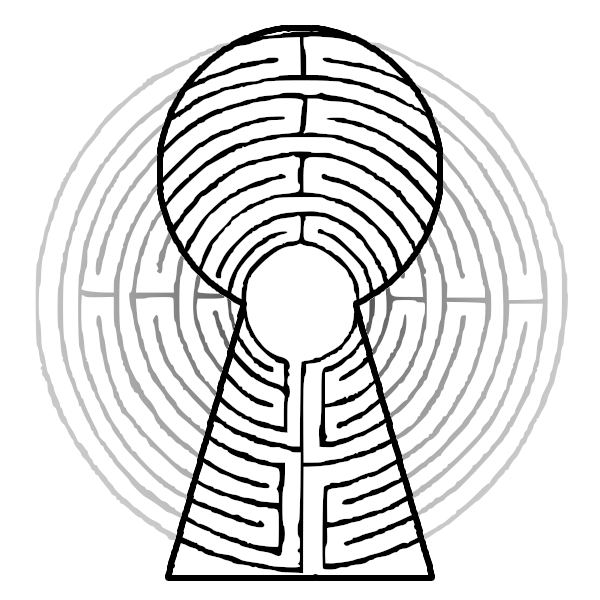I recently listened to a podcast in which a woman touchingly described the impact of her traumatic childhood. She explained how her life was like a broken mirror: her view of herself had been shattered into many pieces. Sometimes she would pick up a piece – a memory, a detail, an emotional experience – only to find that it was still disconnected from all of the other pieces. There was no coherence or continuity. Trying to put the mirror back together, in the order in which it broke, and with every last part back in its original place, seemed an impossible task. Especially when the pieces may be sharp and painful to hold!
This sense of fragmentation is not uncommon. When we experience something overwhelming, the way our brain stores memories can become disrupted. This creates memories that feel jumbled, out of order, lacking context, or separated from emotions. The term for such an experience is peri-traumatic dissociation. The memories may be difficult to recall at all!
While listening to this woman’s story, I remembered a Japanese art form called kintsugi (“golden repair”). The legend goes that a 15th-century Japanese warlord once broke his favourite tea bowl and sent it away for repair. It was returned with ugly grey metal staples holding the pieces together. Not satisfied with this, the warlord instructed Japanese artisans to seek a more beautiful and artistic way to repair pottery. Soon after, kintsugi emerged. Today it is globally recognized and valued both as artwork and as a philosophical concept.
Kintsugi involves taking broken ceramics and putting them back together, filling in the cracks or chips with a golden lacquer. This serves to highlight the breakage rather than hide it. The broken pottery is never considered useless and thrown away. It is also not just repaired; it is enhanced and added to. The breakage is celebrated as a part of the object’s history. The imperfections are transformed into something even more valuable.
It can feel like every day we are being told, directly or indirectly, by strangers and people close to us, by movies and ads, that we must be perfect all of the time. There is real pressure to hide flaws, act as if everything is okay, and pretend we are not struggling. In a way, we can feel like we are not allowed to embrace what makes us human! I think there is something exceptional about this art form and mindset that not only shows off “mistakes” but finds a way to see the uniqueness and innate worth in them.
Therapy is the process of gluing the mirror back together. We are not trying to pretend that our wounds, histories, and imperfections do not exist. Instead, we piece them together and find a way to emerge even stronger than before, and gain something new as we do so. This daunting task is made possible with the support of a skilled professional who can provide you with the right tools, care, and guidance. Research tells us that those who experience post-traumatic growth emerge with greater optimism, positivity, and life satisfaction than they had before the traumatic event. This growth is not a direct result of trauma itself. Instead, growth comes from accepting and adapting to the adversity that follows, and from the support we seek and receive.


0 Comments